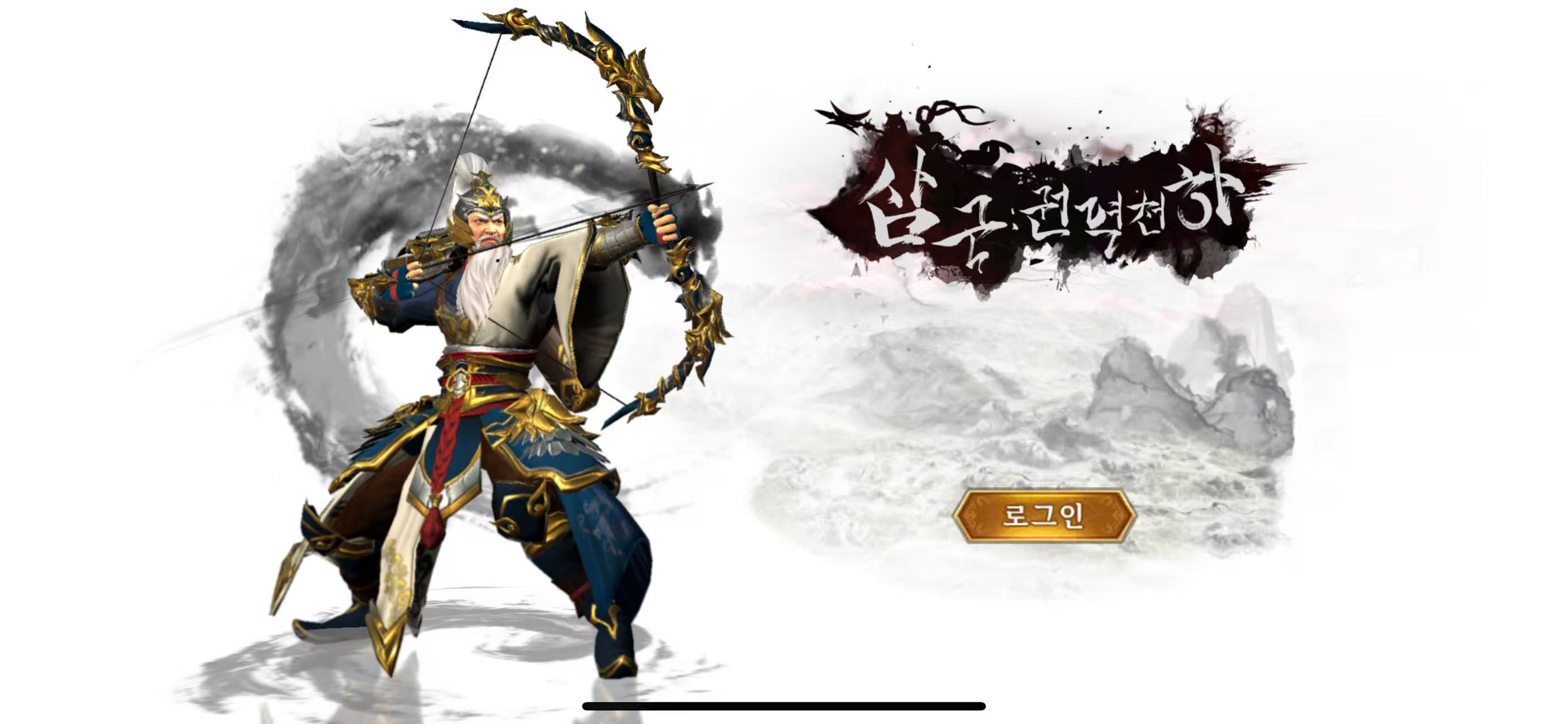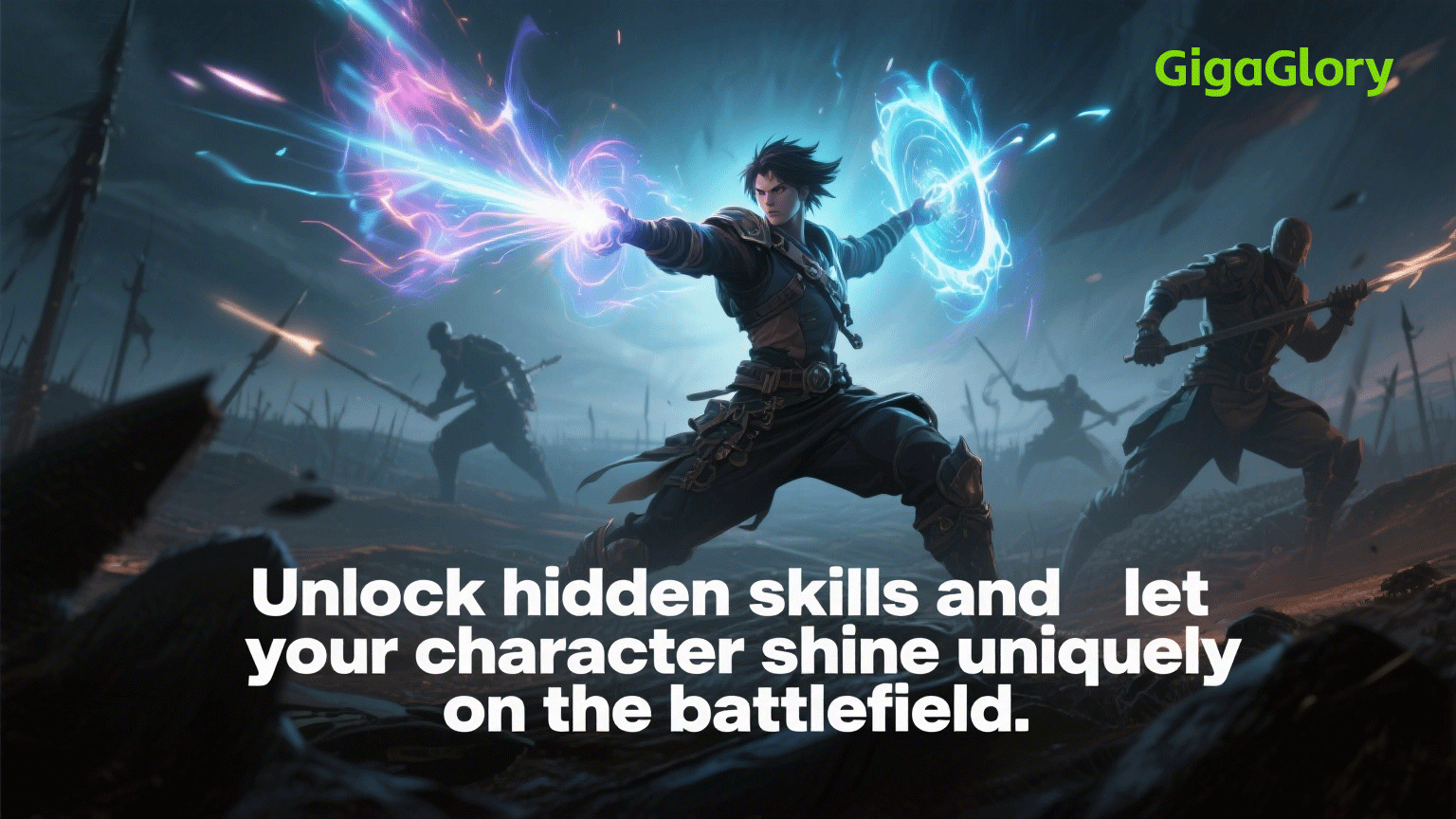From MMORPGs to Hyper Casual Games: Exploring the Evolution of Gaming Preferences
The gaming landscape has undergone a remarkable transformation over the years. Once dominated by MMORPGs (Massively Multiplayer Online Role-Playing Games), the industry has expanded to include a variety of genres, most notably hyper casual games. This shift has not only changed how games are played but also how gamers engage with them. Let's take a closer look at this evolution.
The Rise of MMORPGs
MMORPGs like World of Warcraft and Final Fantasy XIV captured the hearts of millions. **What made these games so appealing?** Here are a few reasons:
- **Immersive Worlds**: Players could lose themselves in expansive fantasy realms.
- **Community Interaction**: The social aspect allowed friends to team up and battle together.
- **Progression**: Leveling up and acquiring rare loot was highly rewarding.
However, with the rise of mobile technology and the increasing pace of life, players began craving a different experience. Enter hyper casual games.
Hyper Casual Games: The New Trend
These games are designed for quick, easy play sessions, making them perfect for on-the-go gaming. Popular titles like Helix Jump and Color Switch exemplify this new genre. **So, what defines hyper casual games?**
- **Simplicity**: Easy to learn and play with minimal tutorials.
- **Short Sessions**: Players can enjoy quick rounds during breaks or commutes.
- **Addictive Gameplay**: Simple mechanics often lead to repeated plays.
Comparative Analysis: MMORPGs vs. Hyper Casual Games
| Aspect | MMORPGs | Hyper Casual Games |
|---|---|---|
| Gameplay Length | Hours | Minutes |
| Player Interaction | High | Low |
| Learning Curve | High | Low |
| Monetization | Subscriptions and DLC | Ads & In-app purchases |
This table clearly shows the two divergent paths in gaming preferences. As players' lifestyles change, their gaming habits have adapted accordingly.
The Impact of Game Evolution on Cultural Trends
The evolution from MMORPGs to hyper casual games isn't just about personal preference; it's also a reflection of broader cultural trends. For instance, consider the phenomenon of mobile gaming. With a growing number of people owning smartphones, the accessibility of hyper casual games has skyrocketed. This shift correlates with trends in society, where people seek instant gratification and quick entertainment options.
Additionally, events like the FIFA 19 Champions League match crash remind us that competitive gaming still holds a significant place in the hearts of many. However, as attention spans shorten, hyper casual games fill a gap that traditional games might not cover. New players are less likely to commit lengthy hours to a complex MMORPG and more likely to enjoy brief moments of gaming throughout their day.
Final Thoughts
In conclusion, the gaming industry is in a constant state of flux. **While MMORPGs drew us into expansive virtual worlds,** hyper casual games have emerged as the nuanced response to our fast-paced lives. As gaming preferences evolve, so too does the industry—adapting to meet the diverse needs of its audience. Whether one prefers intricate role-playing adventures or quick, addictive plays, there’s something for everyone in this vibrant world of gaming.



